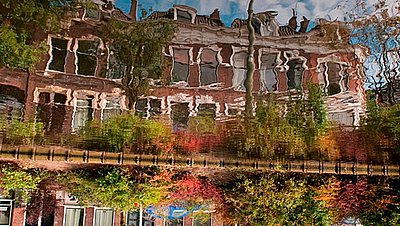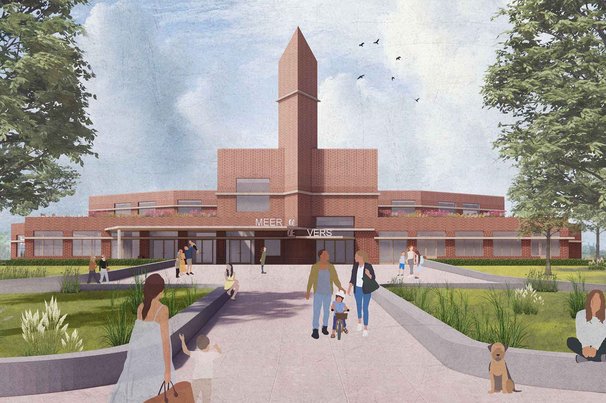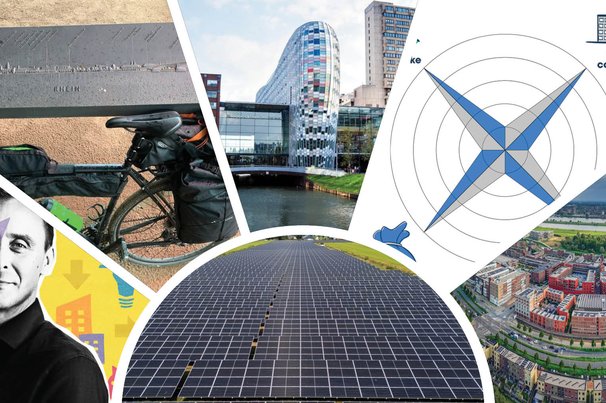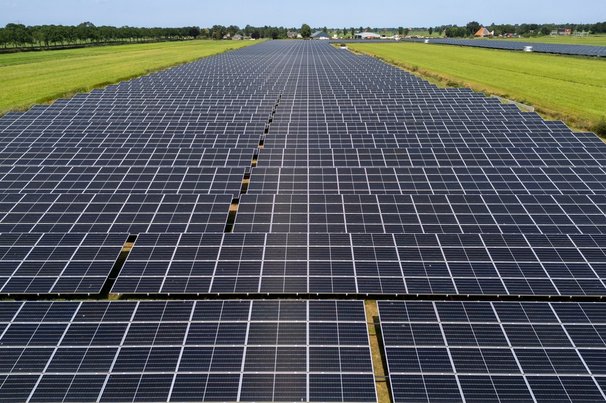17 september 2013
2 minuten
Onderzoek Climate change brings larger and more frequent rainstorms and Dutch cities are confronted with water nuisance. The urban water systems are unable to deal with this change in the hydrological cycle in spite of the fact that the Dutch are dealing with this condition for centuries.
What is the tradition of building in wet and soft soil conditions? There is a lack of systematic research into this matter and a base for future development is missing. The PhD thesis ‘The tradition of making: Polder Cities’ (2011) written by Fransje Hooimeijer fills this gap for the tasks in the polder. She also makes recommendations for future developments of water systems in the urban context.
A framework of seven phases offers insight into the relation between the landscape, the available technology and urbanization per phase. It becomes clear that until the Industrial Revolution the “making” was at the base for the city “shape”. Since technology makes everything possible the “shape” is starting point made possible by technology and completely disconnected from the natural system of the landscape. The method of building-site preparation is crucial in the way the urban design is connected to the landscape as carrier of the hydrological system.
Hooimeijer conducted her research at the chair of Urban Compositions of the faculty of Architecture and The Built Environment TU Delft. Promotor of the research is Prof.dr.ir. V.J. Meyer. Copromotor is Dr.ir. F.H.M. van de Ven (Water Management, Faculty Civil Engineering & Geosciences).
Fransje Hooimeijer
Fransje Hooimeijer is an art and culture researcher and, since 2003, a part-time researcher at TU Delft’s Faculty of Architecture. Alongside her PhD research entitled The tradition of Making: Polder Cities, she also lectures Master’s and EMU students and she was responsible for the publications ‘The Atlas of Dutch Urban Water’ (De Atlas van de Nederlandse waterstad), More Urban Water and Urban Water in Japan. From 1997 to 2009 she worked as an independent researcher on the theme of ‘architecture, urban development and landscape architecture’. Alongside various publications (such as ‘The Water Project’ (Het Waterproject) and ‘The Manmade Landscape’ (Maakbaar Landschap)) and exhibitions (such as ‘The Stadium’ (Het Stadion) and ‘Dutchtowns’, displayed in the Netherlands Architecture Institute) she also did research for government bodies and companies. As of 2009 she has been working part-time in the Space and Innovation Expertise Group at the Netherlands Organisation for Applied Scientific Research, focussing on finding connections between technical and spatial dimensions.
Cover: ‘2013.09.17_The tradition of making polder cities_400’





